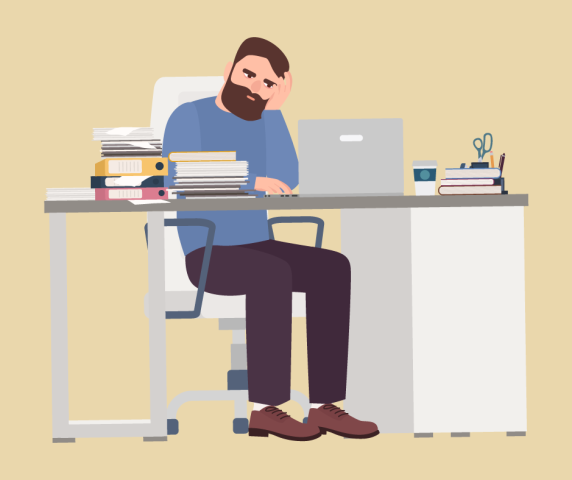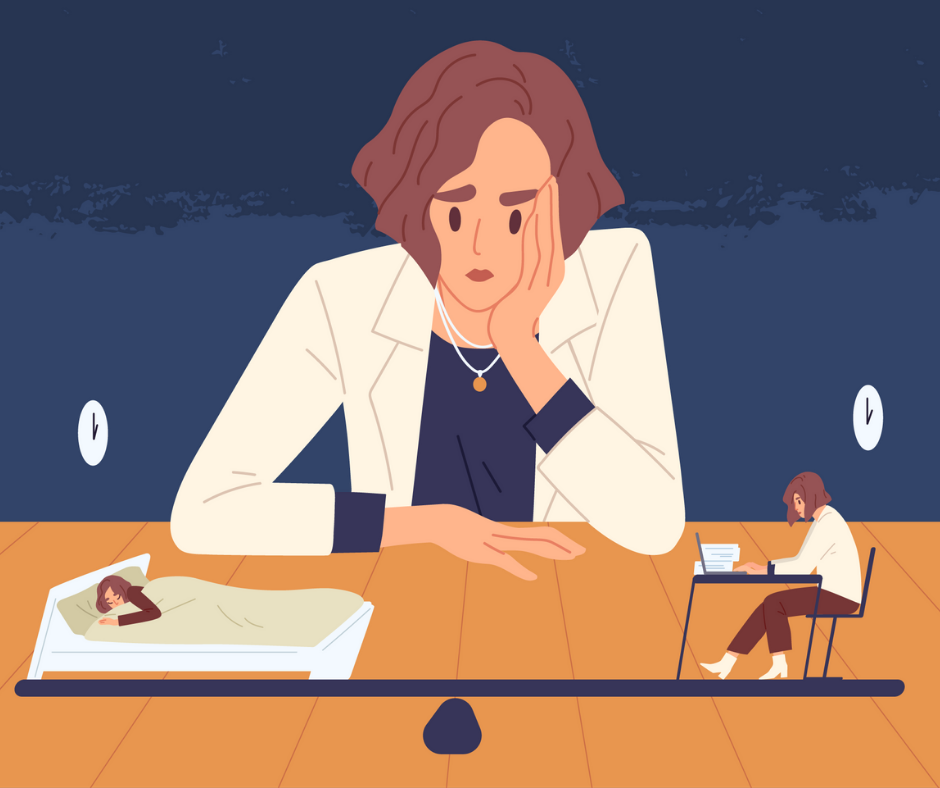- Guest Contributor
- May 24, 2022
Whether you’re working from home, sitting in an office, or managing gig work through an app, you probably spend more time looking at a screen than you’d like. Not only does all that screen time make you feel uncomfortable, but it also has genuine consequences. Excessive device usage has been linked to eye strain, sleep problems, and obesity. Even if technology is an inevitable part of your job, you don’t have to accept these unfortunate outcomes. Here are five effective ways to cut down on screen time and create a healthier relationship to work.
Schedule Regular Breaks
Staring at a screen might be a major part of your job, but that doesn’t mean you can’t afford to look away for a few minutes. Build a few screen breaks into your daily routine. Just taking 5-10 minutes to chat with a colleague, enjoy a snack, or read a physical book can give your body a healthful boost.
Make sure you schedule these breaks ahead of time instead of planning to take them whenever it’s convenient. Too often, one thing leads to another and you end up going all day without a rest. By following a preset schedule, you’ll make sure your eyes, mind, and body get the off-time they need.
Build Movement Into Your Day
Stationary breaks are great, but you’ll get even more out of engaging in physical activity. When you pause your work but remain sitting at your desk, you might be tempted to read messages or scroll through social media. Getting active eliminates this temptation since you can’t look at your screen while going for a jog, doing a few pushups, or taking a stroll around the block.
Not only does a bit of physical activity keep you away from screens, but it can also help you avoid chronic pain. Human bodies were never meant to be hunched over a device all day. By pushing the screen away and getting some exercise, you let your body do what it was designed for, and you’ll feel a lot healthier as a result.
Replace Video Meetings With Phone Calls
Video meetings are great for bringing multiple parties together online, but they’re not really necessary for one-on-one interactions. They also force you to continue looking at a screen. Luckily, this problem has a simple solution: substituting two-person video meetings with good old-fashioned phone calls.
When you’ve got a cellphone pressed to your ear, you can doodle in a notepad, look out the window, or walk around the room while you talk. Not only will this give your eyes a break from the screen, but the ability to move while speaking could boost your creativity.
Avoid Recreational Screen Time During Your Workday
A certain amount of screen time is unavoidable in many professions. After all, you have to read emails from clients, network on social media, and respond to notifications from work-related apps. Instead of despairing at this unfortunate reality, focus your efforts on where you can actually make a difference – the needless swiping and scrolling you do alongside your work.
Nobody spends their entire workday on work-related tasks. The problem for your eyes is that even your moments of rest probably involve looking at a screen. You can avoid this tendency by building healthier habits. If you don’t need your phone for work, keep it out of the way so you don’t reach for it the moment you’re free. If you work on a laptop, close it as soon as you’ve finished a task so you don’t start mindlessly surfing. Not only will these tricks help you avoid excessive screen time, but you’ll also start to appreciate the beauty of the physical world around you.
Arrange More Face-to-Face Meetings
Zoom meetings are convenient, and they help keep the world moving in a pandemic-disrupted world – but they don’t have to be the default option from here on out. There are times when video conferencing makes sense – when dealing with a scattered group of people around the world, for example – but a physical meeting might be a better option when you need to speak with someone who’s working right down the road.
Not only do in-person meetings help you avoid screen time, but they can also make it easier to really connect on a human level. Much of communication is nonverbal, and you might have better luck securing that client or landing that additional gig if you can truly look the person in the eyes. By increasing face-to-face interactions, you’ll spend less time looking at screens and more time engaging with actual people – and that, in this digital age era, is exactly what the doctor ordered.
About the Author: Ben Clabault is a freelance writer from Sandwich, Massachusetts. He has spent much of his adult life traveling through Latin America. He currently lives with his fiance in Santiago Atitlan, Guatemala. His areas of expertise include travel, marketing, SaaS, and global cultures. You can find his work on Copyfolio and reach out to him on LinkedIn.











